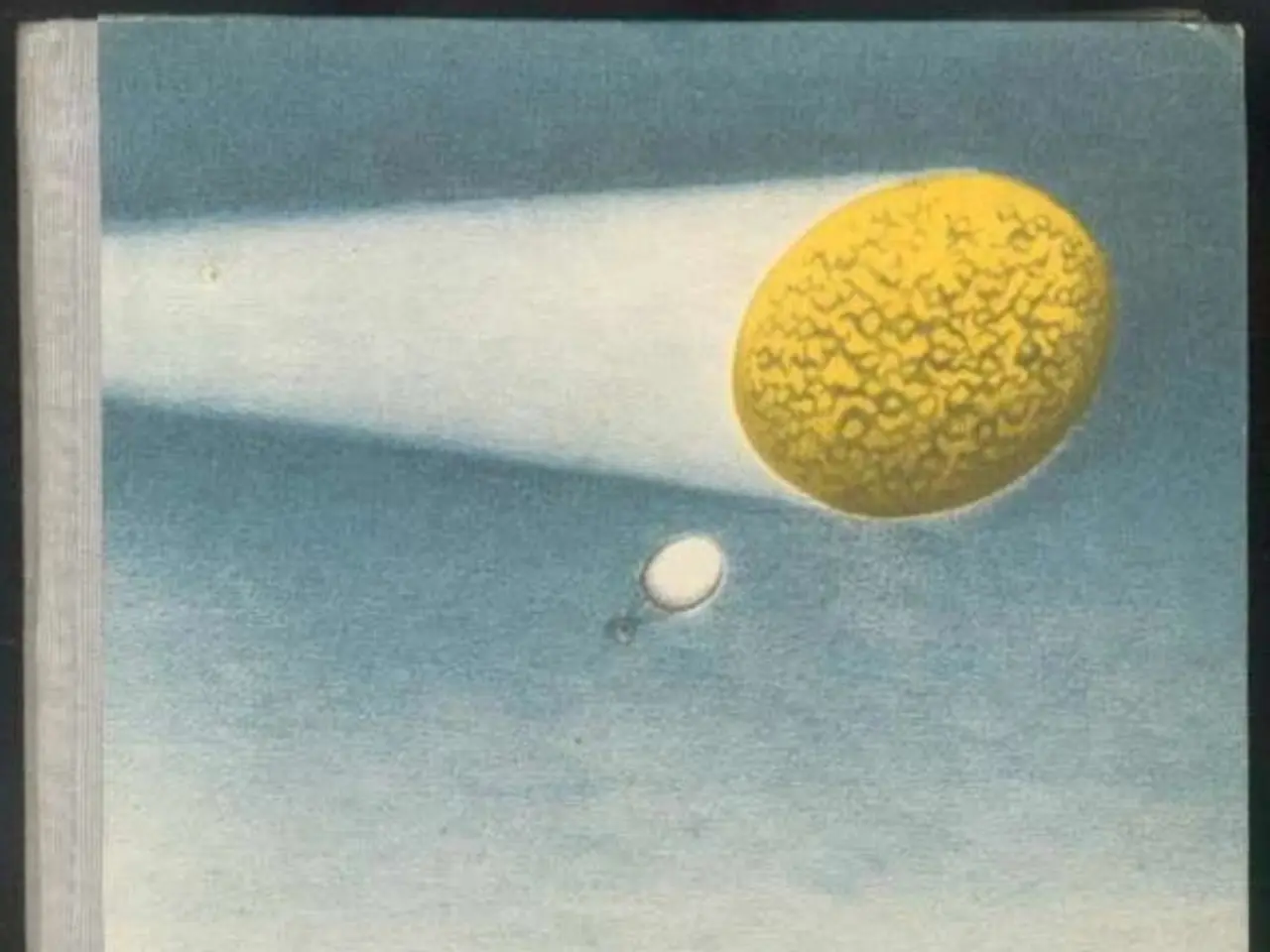Overview of SmolDocling and Digitalised Records
In the realm of Natural Language Processing (NLP), a new contender has emerged that's set to revolutionize the way we approach document conversion and understanding: the SmolDocling model.
SmolDocling is an ultra-compact vision-language model, designed for end-to-end multi-modal document conversion and understanding. This innovative model is optimized to process documents by integrating both vision (image) and language information in a compact architecture, making it ideal for tasks such as layout analysis, text recognition, and semantic understanding within a unified framework.
Unlike traditional Optical Character Recognition (OCR) approaches, which typically focus separately on detecting text regions and recognizing text from images without deeply integrating language understanding or multi-modal reasoning, SmolDocling directly models both the visual and textual modalities jointly in an end-to-end manner. This approach enables more compact, accurate, and efficient document conversion, particularly for complex documents where layout and semantics are critical.
Key Differences Between SmolDocling and Traditional OCR
| Aspect | SmolDocling Model | Traditional OCR | |-----------------------------|------------------------------------------------------|-------------------------------------------------| | Model type | Ultra-compact vision-language multi-modal model | Typically vision-based OCR + separate NLP steps | | Approach | End-to-end integrated document conversion | Pipeline: text detection → text recognition → NLP | | Input modalities | Joint vision and language modeling | Mainly visual/text extraction, limited multi-modal fusion | | Efficiency & compactness| Designed for high efficiency and compactness | Often heavier and less integrated pipelines | | Applications | Multi-modal document understanding and conversion | Primarily text extraction from scanned documents|
SmolDocling represents a modern evolution over traditional OCR by tightly integrating language understanding with visual document analysis to improve document understanding performance and efficiency.
How SmolDocling Works
The SmolDocling model uses a vision encoder to encode input images and a language model to process user prompts. The projected embeddings from the vision encoder are concatenated with the text embeddings of the user prompt. The sequence is then used by the model to autoregressively predict the DocTags sequence, which represents the final output.
Use Cases and Future Prospects
SmolDocling has multiple use cases, including academic purposes like digitizing handwritten notes and digitizing answer copies. It also shows potential in extracting data from structured documents such as Research Papers, Financial Reports, and Legal Contracts.
The author of this article, Mounish V, a graduate of Vellore Institute of Technology and currently working as a Data Science Trainee, encourages readers to try out the SmolDocling model and report any issues encountered during the process. Mounish V, with a focus on Deep Learning and Generative AI, is interested in the future developments and applications of SmolDocling.
SmolDocling is a 256M vision-language model designed for document understanding and can be used as a component in applications requiring OCR or document processing. With its compact size and versatile capabilities, SmolDocling is poised to make a significant impact in the world of document understanding and processing.
SmolDocling, a 256M vision-language model, leverages deep learning technology to provide an efficient and compact solution for complex tasks in document conversion and understanding, such as layout analysis, text recognition, and semantic understanding. Its approach directly integrates both vision and language information, differing from traditional OCR methods that primarily focus on visual/text extraction.
Furthermore, SmolDocling's potential applications extend beyond traditional OCR, including academic purposes like digitizing handwritten notes and extracting data from structured documents like Research Papers, Financial Reports, and Legal Contracts. As a key area of interest for Data Science professionals like Mounish V, who focuses on Deep Learning and Generative AI, SmolDocling is anticipated to have a significant impact on the development of artificial-intelligence solutions in the field of document understanding and processing.




